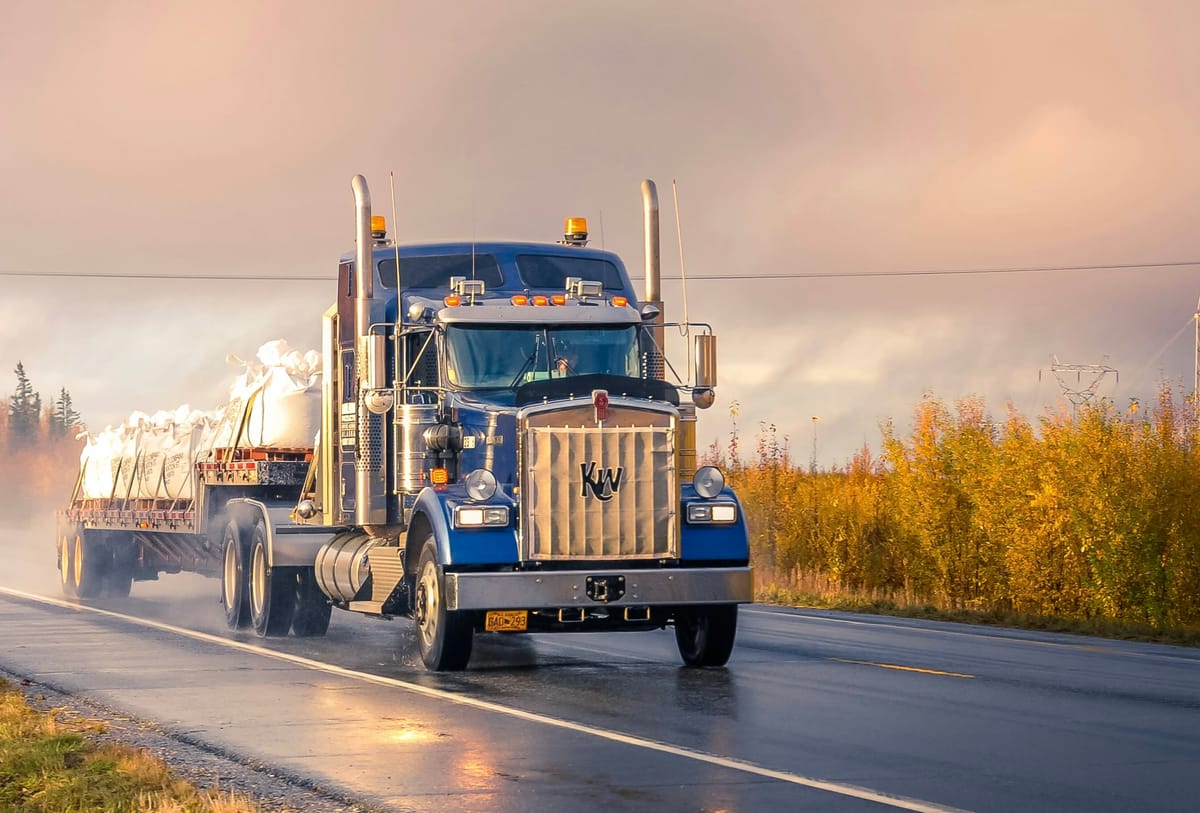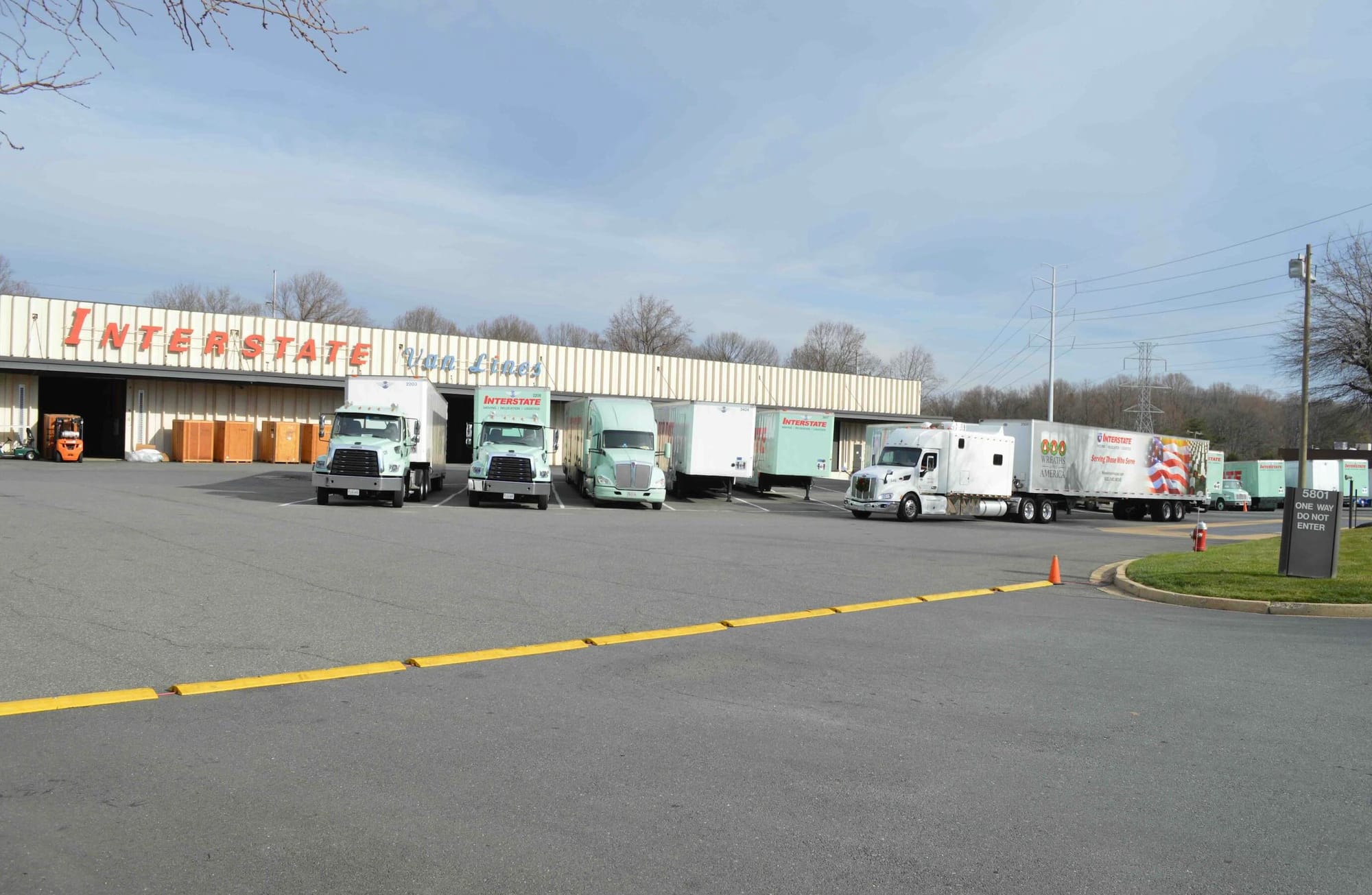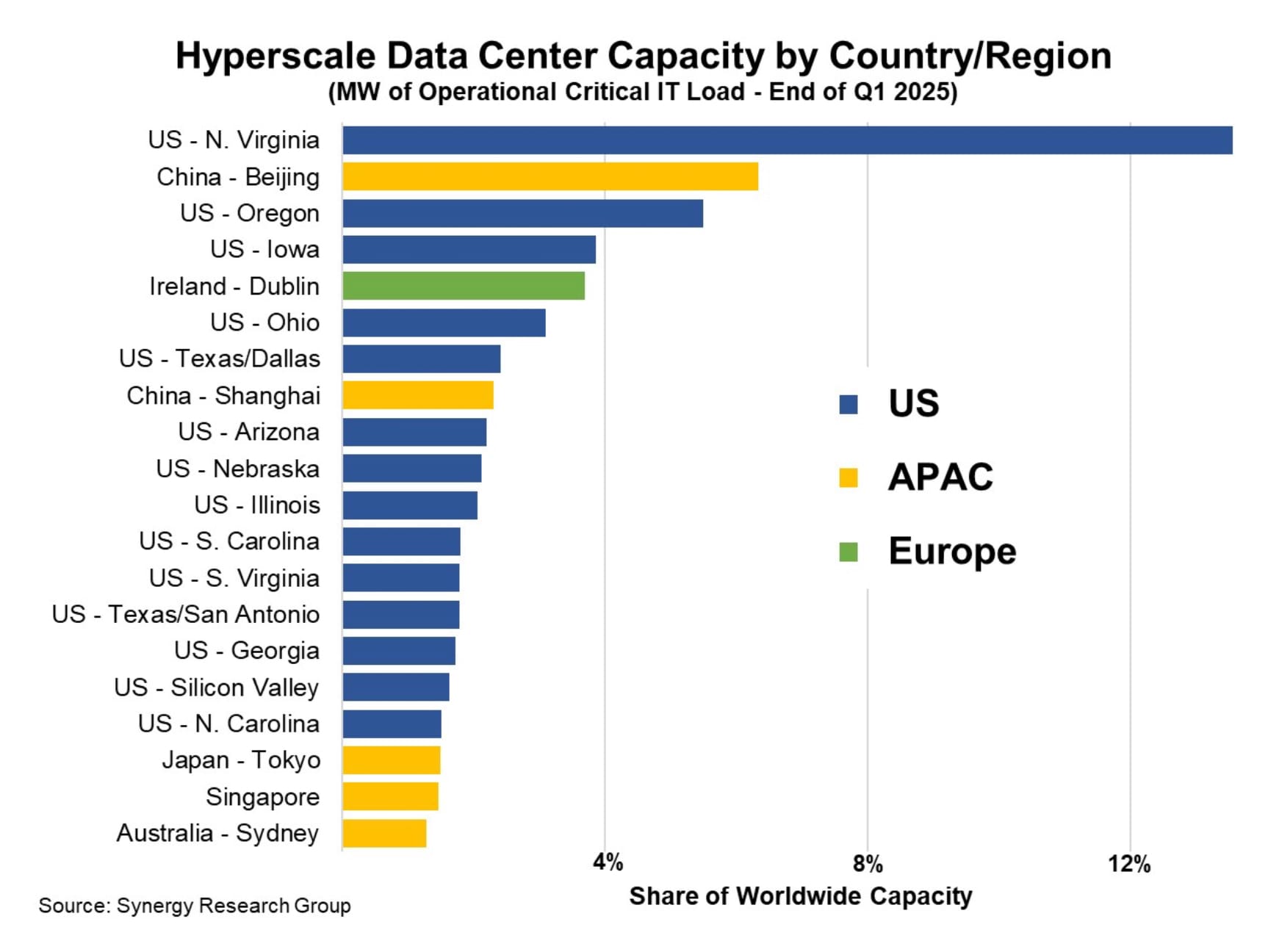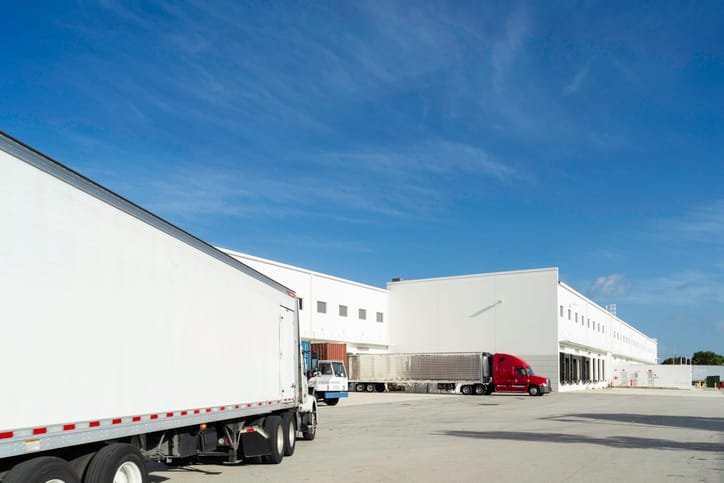"We still need humans!": Data centre truckers gear up for a blue-collar AI boom
The artificial intelligence revolution is creating new winners as demand surges for skilled people whose work can’t be easily automated.

A white-collar apocalypse now appears depressingly inevitable as artificial intelligence renders many of the office workers of yesterday completely redundant.
With the revolution gathering pace, corporate leaders are crowing about how wonderful it is to employ fewer "heads". But before bosses get to fire all those pesky humans and replace us with machines, they’ll need to build many, many more data centres to sustain the current cloud-based paradigm of AI.
In the US alone, total construction data centre construction spend has soared to an all-time high of more than $40 billion. This epic buildout won't require hordes of HR staff, compliance professionals, and other paper-pushers. Because, unlike the Industrial Revolution - the last technological year zero in the world of work - blue-collar workers are in high demand.
In an interview with Britain’s Channel 4, Nvidia CEO Jensun Huang recently said: "If you're an electrician, if you're a plumber, if you're a carpenter, we're going to need hundreds of thousands... to build all of these factories. The skilled craft segment of every economy is going to boom.”
Behind the scenes of a boom

What Huang didn’t mention was the opportunities available for people who are needed to transport all the building materials to the site of a data centre, not to mention the servers, cooling systems, and other hardware that have to be hauled into high-tech facilities.
A report from DAT Analytics shows that demand for trucking in the US is already high right now, adding that the "data centre boom represents a much-needed diversification and growth opportunity".
Interstate Moving, a trucking firm based in Springfield, Virginia, is one of the companies that has moved into the data game.
Antony Triggs, Director of Safety and Compliance, has now spent 30 years in the business and believes that "truckers kept America moving" for much of the past century.
But hasn’t seen anything quite like the data centre explosion of the 2020s.
As luck would have it, there’s also lots of potential new business in the area due to breakneck development in Northern Virginia’s "Data Centre Alley", an area focused around Loudoun County that has the world’s largest concentration of data storage and processing facilities, accounting for a 14% share of global operational capacity.
"Four years ago, when I started working with Interstate, there were not a lot of data centres that you would see being built up," Triggs says. "Now, when you come down Route 28, there are always buildings going up, and they're not warehouses but data centres. The boom is just amazing."
Hyperscale logistics

Interstate’s story began with a single truck. Now, eighty years on, it employs more than 300 people. For much of its history, Interstate has worked closely with the US military, transporting service members and their families between bases or storing their possessions safely while they’re deployed overseas.
Accessing military installations requires rigorous background checks and compliance with federal ID standards - protocols that have prepared Interstate for the security demands of a new technological frontier.
Moving a data centre, Triggs explains, isn’t just another haul. It means carefully dismantling, transporting, and reinstalling racks of servers, cabling, and other equipment without losing a single byte of information.
READ MORE: Oracle's vision for transforming sales and supply chain with agentic AI
Crews are specially trained to manage these high-value, high-risk moves, working under nondisclosure agreements and strict security conditions. Specially padded racks and handling systems protect both the physical devices and the data within them - assets that, if damaged or lost, could represent millions of dollars and irreplaceable intellectual property.
Triggs explains: "Obviously, a server rack is not light. It can be heavy. We even have a couple of special lifts to slide them in and out, because, obviously, you don't want to damage those servers or what have you."
Interstate sees data centre logistics as a natural extension of its decades-long experience handling military and government work, both of which involve secure facilities, sensitive materials, and exacting operational standards.
The transformation of trucking

Although it still requires big engines and gallons of gasoline, trucking is no longer a purely analogue business.
The industry has moved from paper logs to electronic logging devices, real-time telematics, and AI-equipped dashcams. These systems record driver behaviour and road events, helping exonerate drivers in disputes and improve overall safety. "We used to plug laptops into engines to pull data," Triggs notes. "Now, it’s transmitted instantly over the air."
One of the most prominent technological developments was sparked by the implementation of safety and compliance rules that require dual-facing event recorders, which are cameras that monitor both the driver and the action ahead of them on the road.
A huge part of the utility of this tech lies in keeping drivers safe in the event of a crash that wasn’t their fault - or, worse, if they collide with a con man.
"These event recorders, focusing outward on traffic around us and inward because of driver exoneration," Triggs says. "That’s the world that we live in because you see billboards for attorneys everywhere saying, 'Have you been in an accident?'"
Risk of the robots
Of course, when humanoid robots finally hit the scene, all of our jobs are under threat. Truckers will not be safe permanently because one day, AI will be able to do their job as well.
Although Interstate’s leadership believes human drivers will stay essential for complex manoeuvres and final-mile delivery, they foresee a decade of rapid advancement, especially in connected trucks, event-recording systems, and real-time driver assistance powered by AI.
“We’re still a long way from full automation,” Triggs says. “I know some states already have highways set up for testing, but when it comes to things like docking - backing into a dock, for example - that’s still going to require a human. Maybe in the future it could be done remotely, but not yet.
READ MORE: Rules of resilience: Securing supply chains in a fast-moving world
"If you’d asked me ten years ago, I probably would’ve said we were 20 or 30 years away from automation. But now, I think it’s something we could realistically see within the next decade.
"That said, I don’t think it’s going to completely remove the driver. You’ll still need human interaction at the final destination."
The success of the data centre truckers answers an important question that's looming large for many people: Is my job safe in the age of AI?
Geoffrey Hinton, a so-called Godfather of the Internet, recently advised people to become plumbers, who will be in work at least until humanoid robots hit the scene, which probably won't happen for decades, rather than years.
So for now, machines still need humans at the wheel — and data centre truckers have plenty more hauling to do as they keep America, and the AI revolution, moving.




